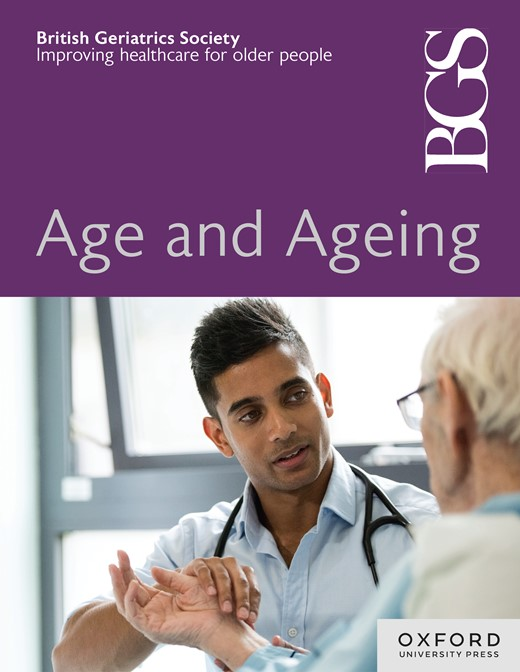3029 .健康的老龄化:建筑环境中“本地”和老年人友好的观点
IF 7.1
2区 医学
Q1 GERIATRICS & GERONTOLOGY
引用次数: 0
摘要
老年人友好社区旨在创造包容的社会和自然环境,促进老年人积极老龄化,享有良好健康并继续充分参与社会。建筑环境可以深刻地影响老年人的健康和福祉。本研究旨在探讨中老年人对其社区的年龄友好性的看法以及他们如何定义本地性。方法于2023年9月至2024年3月对居住在社区的中老年人(n = 22;(65.0±5.5岁)来自苏格兰伦弗鲁郡和南拉纳克郡两个贫困程度较高的社区。采用基于系统的方法,根据世界卫生组织“老年友好城市”和“地方标准”框架,确定了社区对老年人友好的障碍和支持,并探讨了对地方性的看法。结果交通方式的可达性、公共空间和道路的维护、住宅的适宜性、季节影响和环境危害等因素对老年人友好性的物理影响。社会影响包括进入有助于社会互动的场所,如教堂或社区中心、社区凝聚力以及与就业和志愿服务有关的因素。服务影响包括数字包容、年龄歧视情绪和医疗保健可及性。局部性的定义是:1)可达性和首选的交通方式,随着流动性的下降,局部区域缩小;Ii)人们前往超市和药店等基本服务所需的距离;iii)他们在哪里认识人,与他人社交,或拜访家人。结论社区环境的逐渐恶化导致了当地中老年人年龄友好度的下降。政策制定者必须考虑到流动性下降、个人和地区层面的贫困以及基本设施和社会空间的关闭对地方依恋的影响,以支持老年人在适当的地方养老。本文章由计算机程序翻译,如有差异,请以英文原文为准。
3029 Healthy ageing in place: perspectives on ‘local’ and age-friendliness in the built environment
Introduction Age friendly communities aim to create inclusive social and physical environments that facilitate older people to age actively, enjoy good health and continue participating fully in society. The built environment can profoundly influence older adults’ health and wellbeing. This study aimed to explore mid-to-older adults’ perceptions of the age-friendliness of their communities and how they defined localness. Methods Semi-structured interviews were conducted remotely and in-person between September 2023 and March 2024 with community-dwelling mid-to-older aged adults (n = 22; 65.0 ± 5.5 years) from two communities with high levels of deprivation in Scotland, Renfrewshire and South Lanarkshire. Taking a systems-based approach, identified barriers and supports to the age-friendliness of communities were charted against the World Health Organisation Age-Friendly Cities and the Place Standard frameworks, and perceptions of localness were explored. Results Physical influences on age-friendliness included the accessibility of transport modalities, the maintenance of public spaces and paths, the suitability of homes, and seasonal influences and environmental hazards. Social influences included access to places that facilitate social interactions such as churches or community centres, community cohesion, and employment and volunteering-related factors. Service influences included digital inclusion, ageist sentiments, and healthcare accessibility. Localness was defined by i) accessible and preferred modes of transport, with local areas shrinking as mobility declines; ii) the distance people needed to travel to access essential services like supermarkets and pharmacies; and iii) where they knew people, socialised with others, or visited family. Conclusions The gradual deterioration of communities has contributed to a decline in the age-friendliness of mid-to-older aged adults’ local areas. The impact of declining mobility, individual- and area-level deprivation, and closure of essential facilities and social spaces on place attachment must be considered by policy makers to support older adults to age well in place.
求助全文
通过发布文献求助,成功后即可免费获取论文全文。
去求助
来源期刊

Age and ageing
医学-老年医学
CiteScore
9.20
自引率
6.00%
发文量
796
审稿时长
4-8 weeks
期刊介绍:
Age and Ageing is an international journal publishing refereed original articles and commissioned reviews on geriatric medicine and gerontology. Its range includes research on ageing and clinical, epidemiological, and psychological aspects of later life.
 求助内容:
求助内容: 应助结果提醒方式:
应助结果提醒方式:


